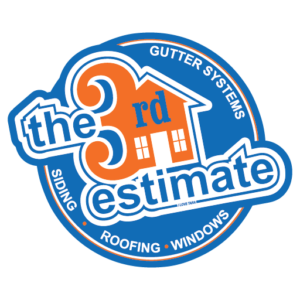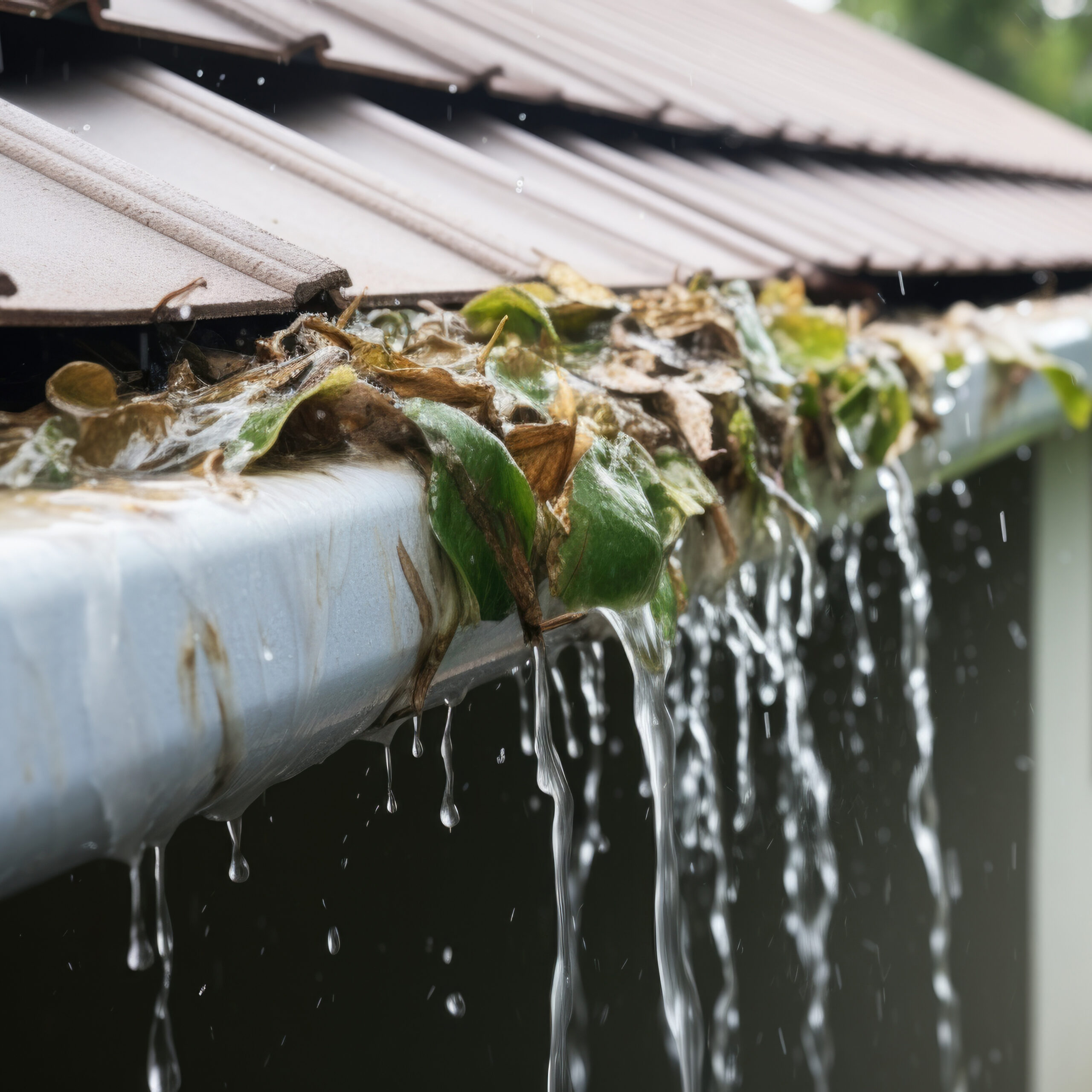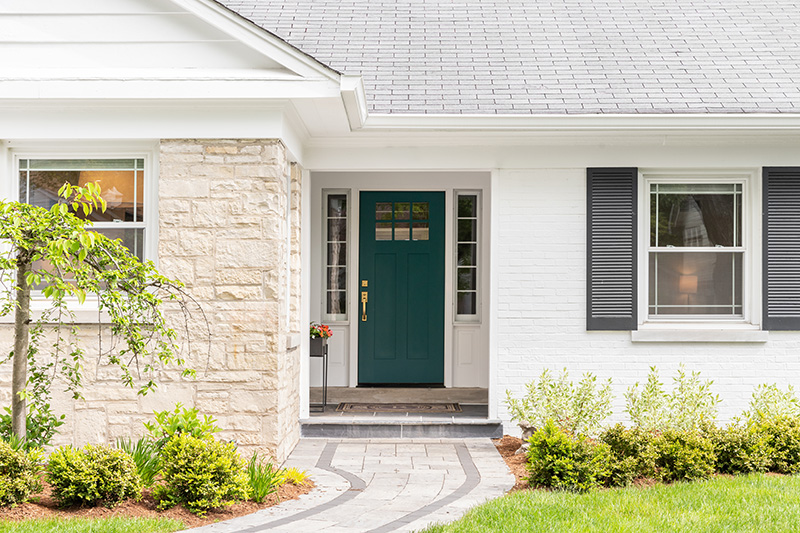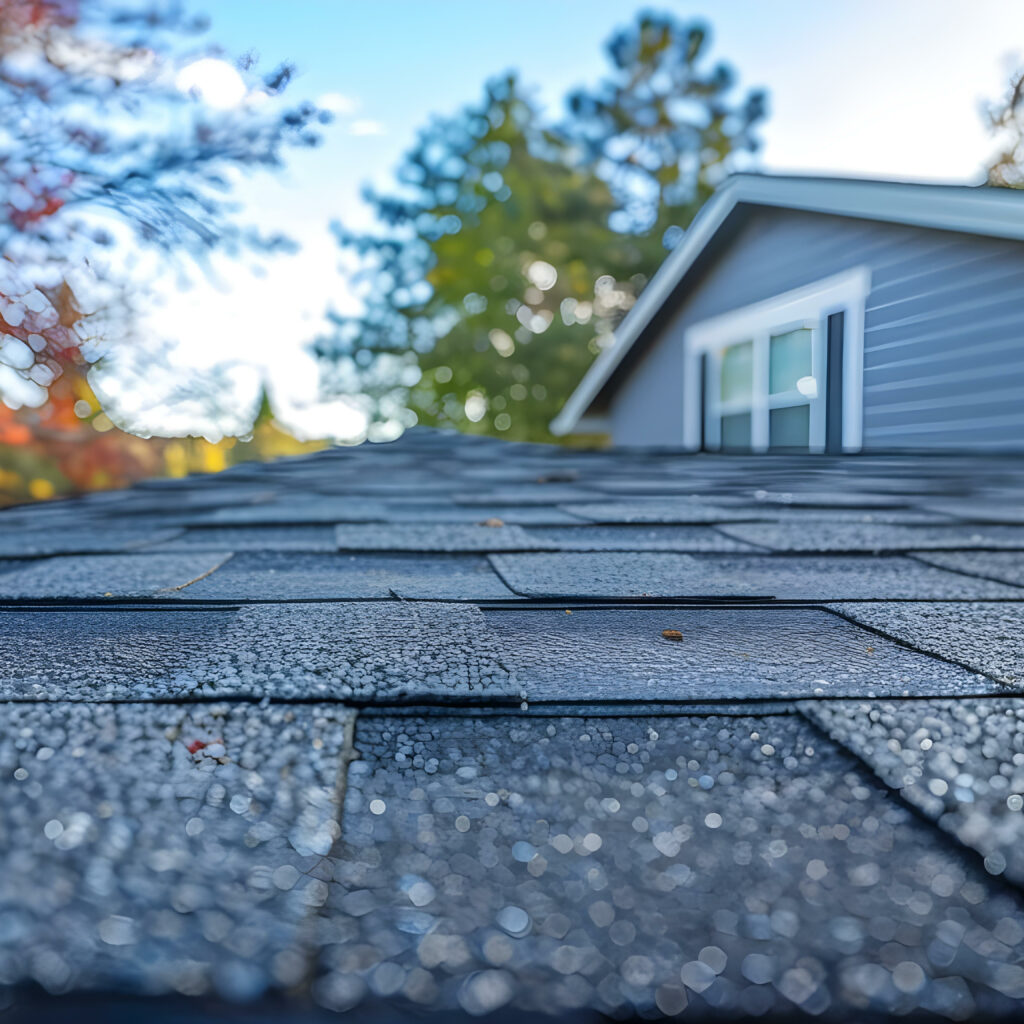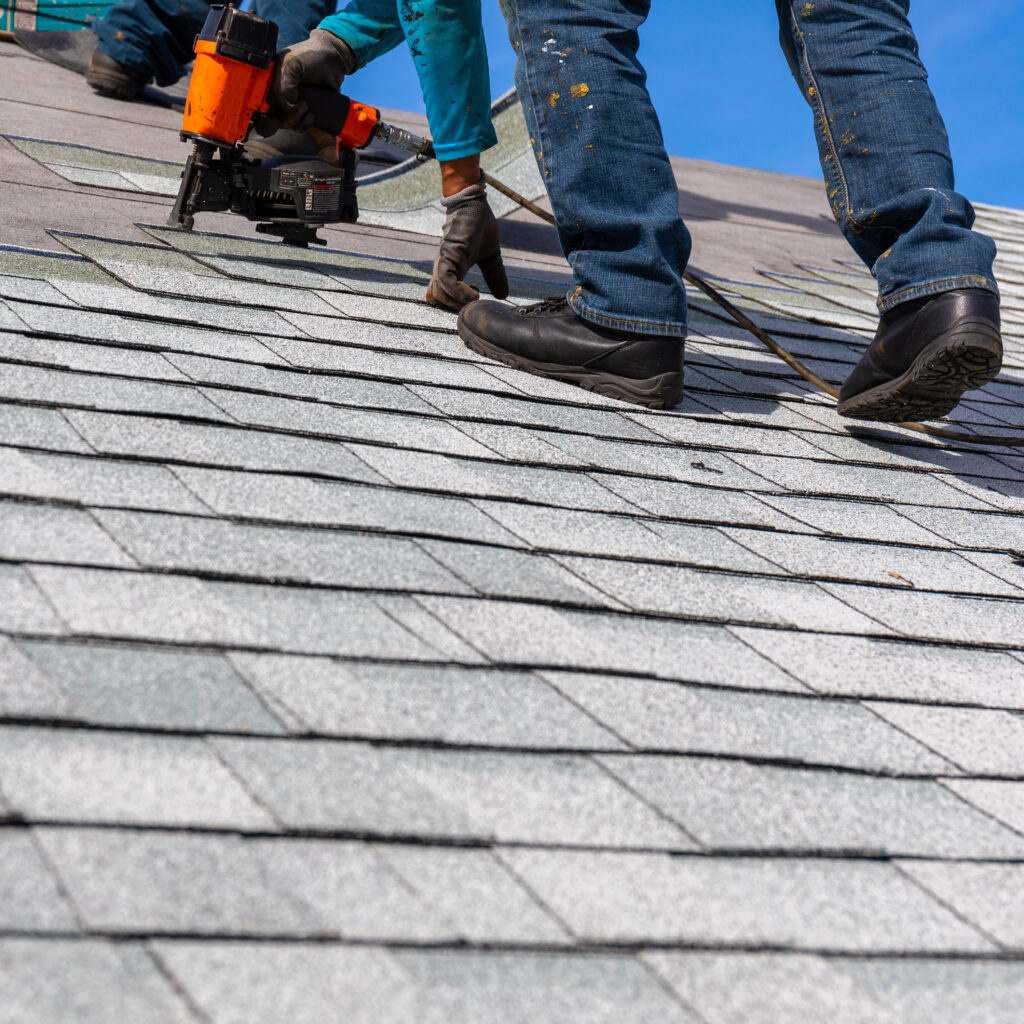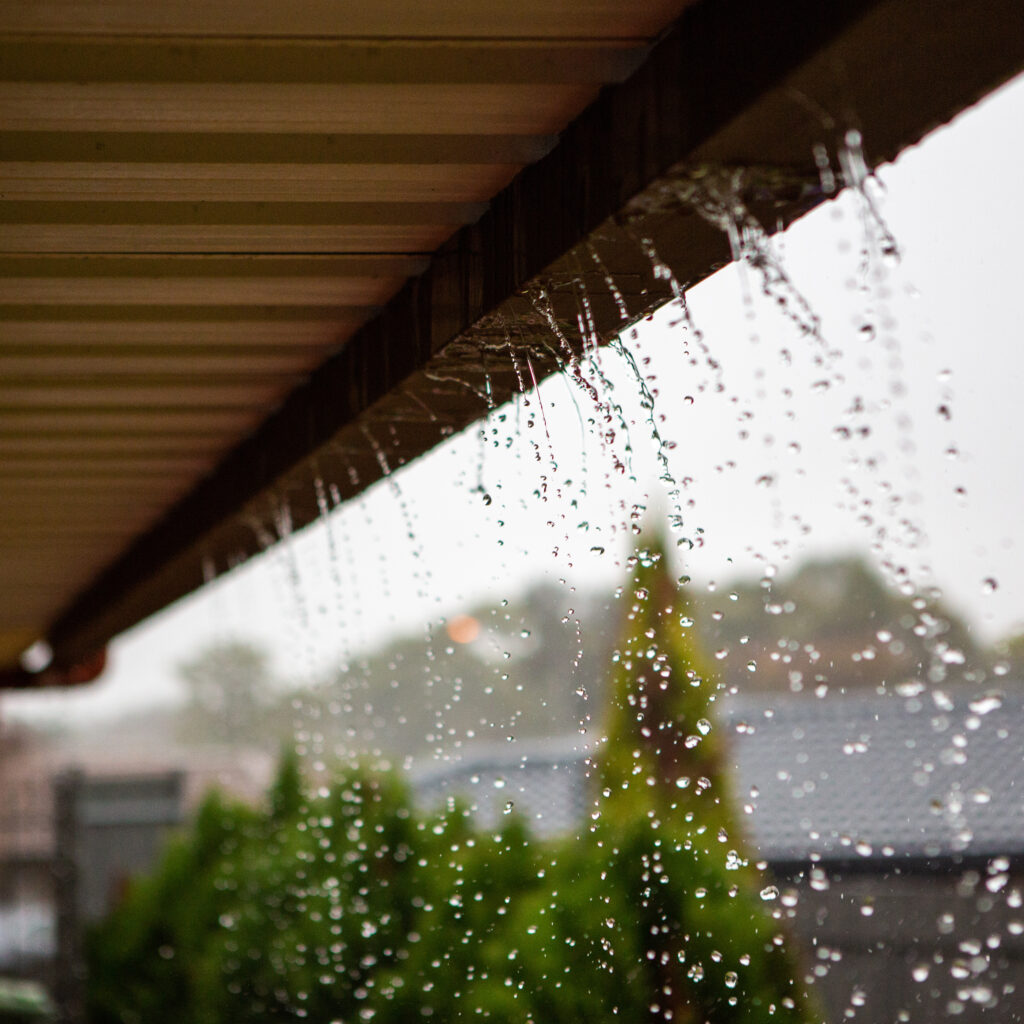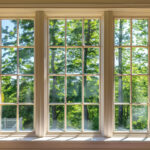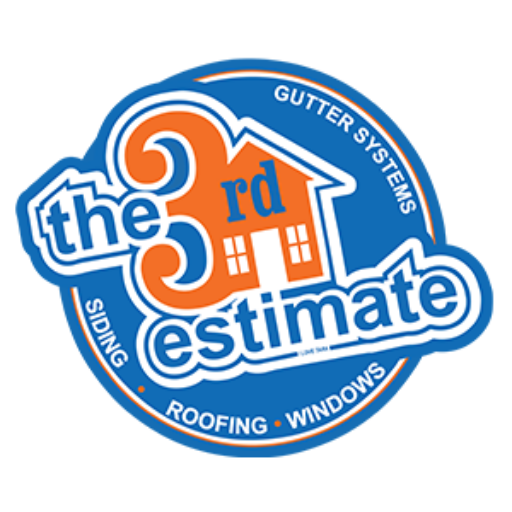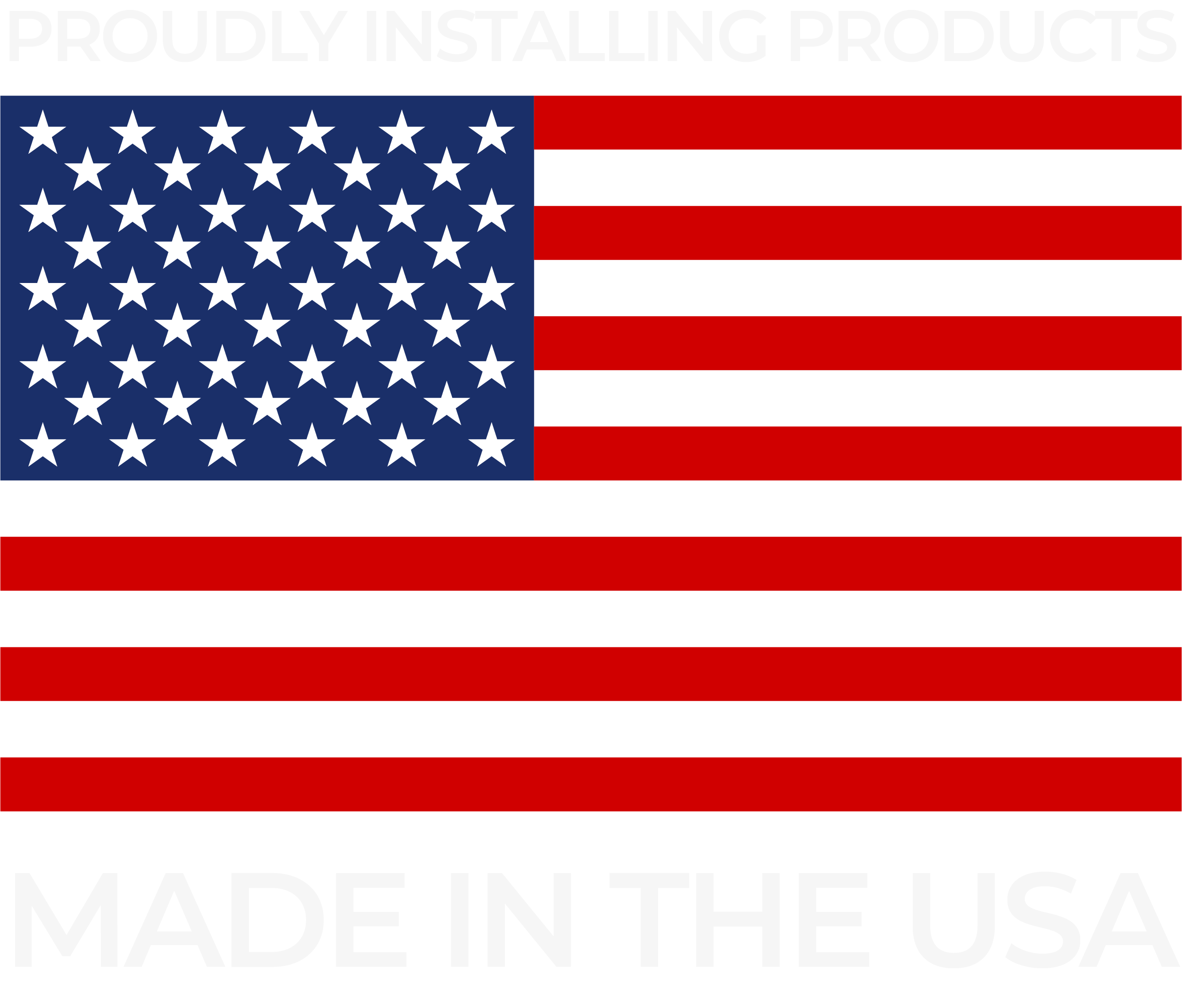What Are My Biggest Gutter Concerns?
Gutters are one of the most important parts of your home’s drainage system. It is designed to protect your roof, foundation, and landscaping from water damage. However, like any part of your home, gutters require regular attention and maintenance to make sure they function properly. If neglected, your gutters can cause a variety of problems that may lead to expensive repairs. So, what should you be most concerned about when it comes to your gutters? Let’s explore some of the biggest gutter concerns homeowners face.
1. Clogged Gutters
One of the most common gutter issues is clogging, typically caused by the accumulation of leaves, twigs, and other debris. When your gutters are clogged, they can’t channel water away from your home, leading to potential overflow.
Why It’s a Concern:
Clogged gutters can result in water pooling around your foundation, leading to basement flooding, erosion, or foundation damage. Additionally, stagnant water in clogged gutters can become a breeding ground for pests like mosquitoes.
Solution:
Regularly clean your gutters, or consider installing gutter guards to reduce debris buildup. Aim to clean them at least twice a year, especially in the fall when leaves are more likely to gather.
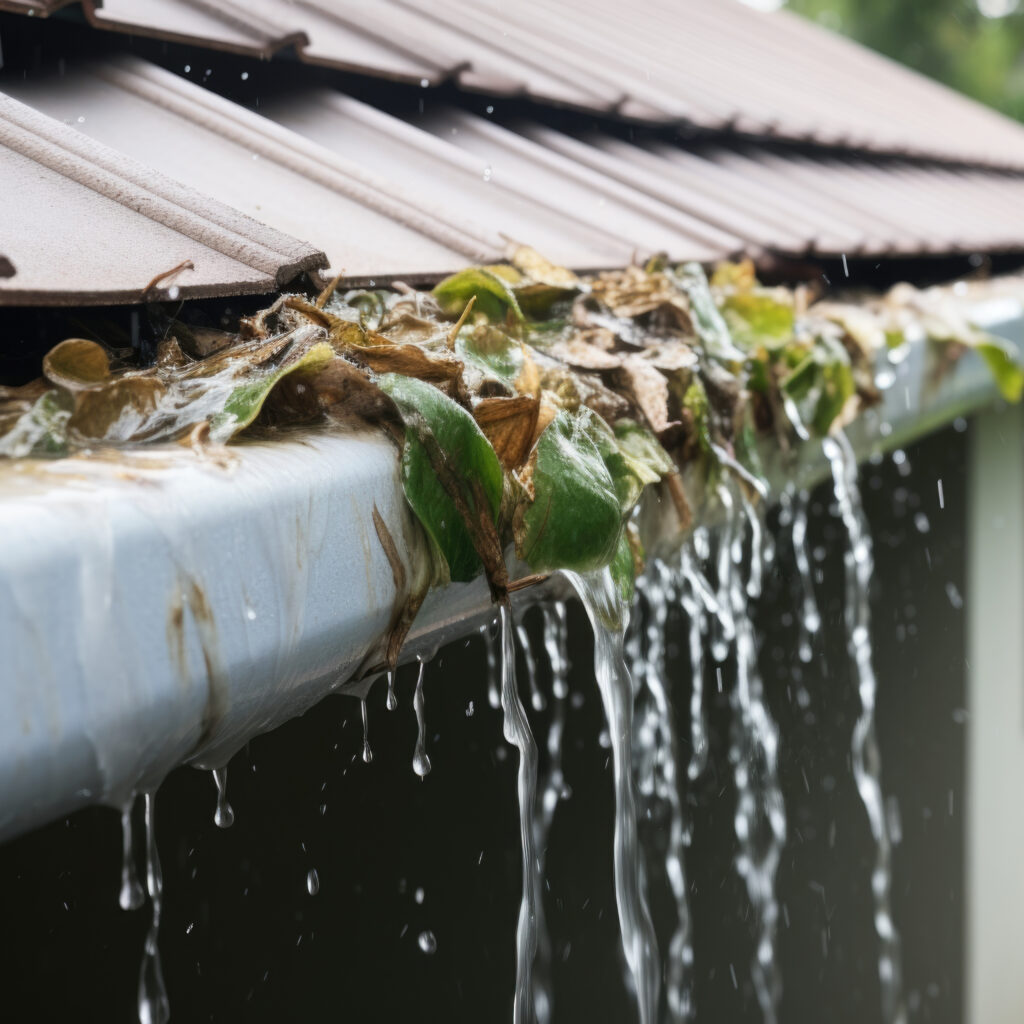
2. Leaky Gutters
Over time, gutters can develop leaks due to wear and tear or poor installation. Gaps or cracks in the gutter system can prevent water from flowing through the downspouts and properly away from your home.
Why It’s a Concern:
Leaky gutters can cause water to seep into your home’s foundation, siding, or even your roof. This can result in structural damage, mold growth, and expensive repairs.
Solution:
Inspect your gutters regularly for signs of cracks or loose connections. If you spot any leaks, resealing the joints or replacing damaged sections is crucial to maintaining the integrity of your gutter system.
3. Sagging Gutters
Gutters that are sagging or pulling away from the roofline often indicate that the brackets securing them have become loose or that the gutters are too full of debris and water, making them heavy.
Why It’s a Concern:
Sagging gutters not only reduce their efficiency but can also lead to water spilling over the sides. This overflow can damage your siding, landscaping, and foundation. In some cases, the gutters may collapse entirely, causing even more extensive damage.
Solution:
Tighten or replace any loose brackets, and make sure your gutters are regularly cleaned to avoid excess weight. If your gutters continue to sag, you may need to upgrade to a sturdier system.
4. Improper Gutter Slope
For gutters to function properly, they must have the correct slope or pitch. If they’re installed without the right slope, water will pool in certain areas instead of flowing toward the downspouts.
Why It’s a Concern:
Improperly sloped gutters can cause water to stay still, increasing the risk of leaks, rust, and damage to your home’s structure. It can also lead to clogged gutters because the water has no path to escape.
Solution:
Have a professional check the slope of your gutters to ensure they are correctly angled. Adjustments can be made to correct the pitch, ensuring proper water flow.
5. Downspout Issues
Downspouts are responsible for directing water away from your home’s foundation. However, if your downspouts are not properly positioned or are clogged, they can lead to water pooling around your home.
Why It’s a Concern:
Improperly functioning downspouts can cause erosion, flooding, and even foundation cracks. Additionally, downspouts that drain too close to your home can lead to water damage in basements or crawlspaces.
Solution:
Ensure your downspouts extend at least 4-6 feet away from your home’s foundation. You can also use downspout extensions to redirect water further away, reducing the risk of damage.
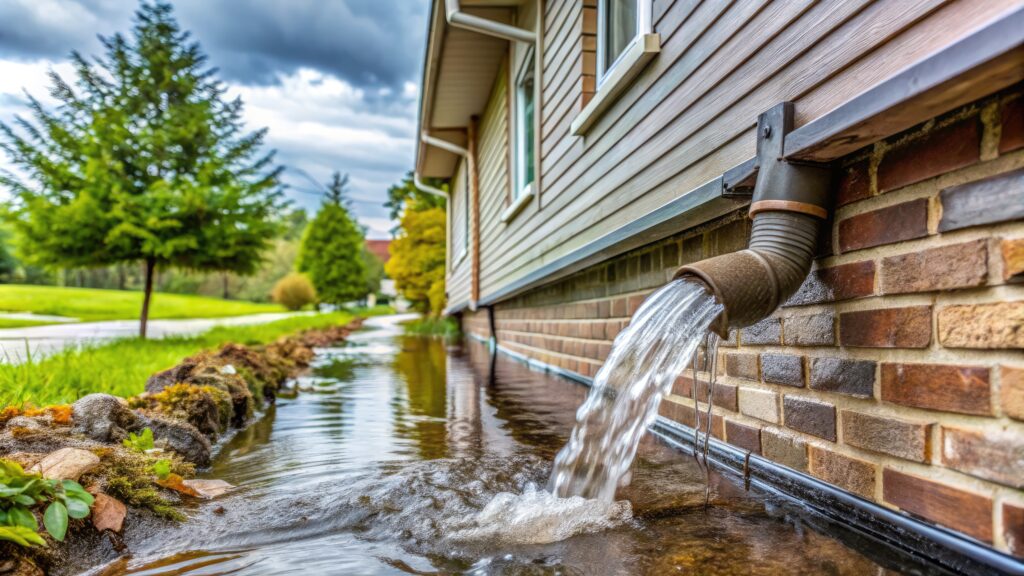
6. Gutter Corrosion
Older gutters made from materials like steel or copper are susceptible to rust and corrosion over time, especially if they aren’t regularly cleaned and maintained.
Why It’s a Concern:
Corroded gutters weaken the overall system, leading to leaks and potentially causing the gutters to break apart. Rust can also stain your home’s exterior, reducing its curb appeal.
Solution:
If your gutters are showing signs of rust or corrosion, consider replacing them with modern materials like aluminum or vinyl, which are more resistant to weathering and rust.
7. Ice Dams
In colder climates, like Ohio, ice dams can form when snow on the roof melts and refreezes in the gutters. These ice dams can block the flow of water, causing it to back up onto your roof.
Why It’s a Concern:
Ice dams can cause water to seep under your shingles, leading to roof leaks, wood rot, and mold. The weight of the ice can also cause your gutters to sag or break.
Solution:
Make sure your attic is properly insulated to prevent heat loss that causes snow to melt unevenly. Installing heated gutter systems or de-icing cables can also help prevent ice dam formation.
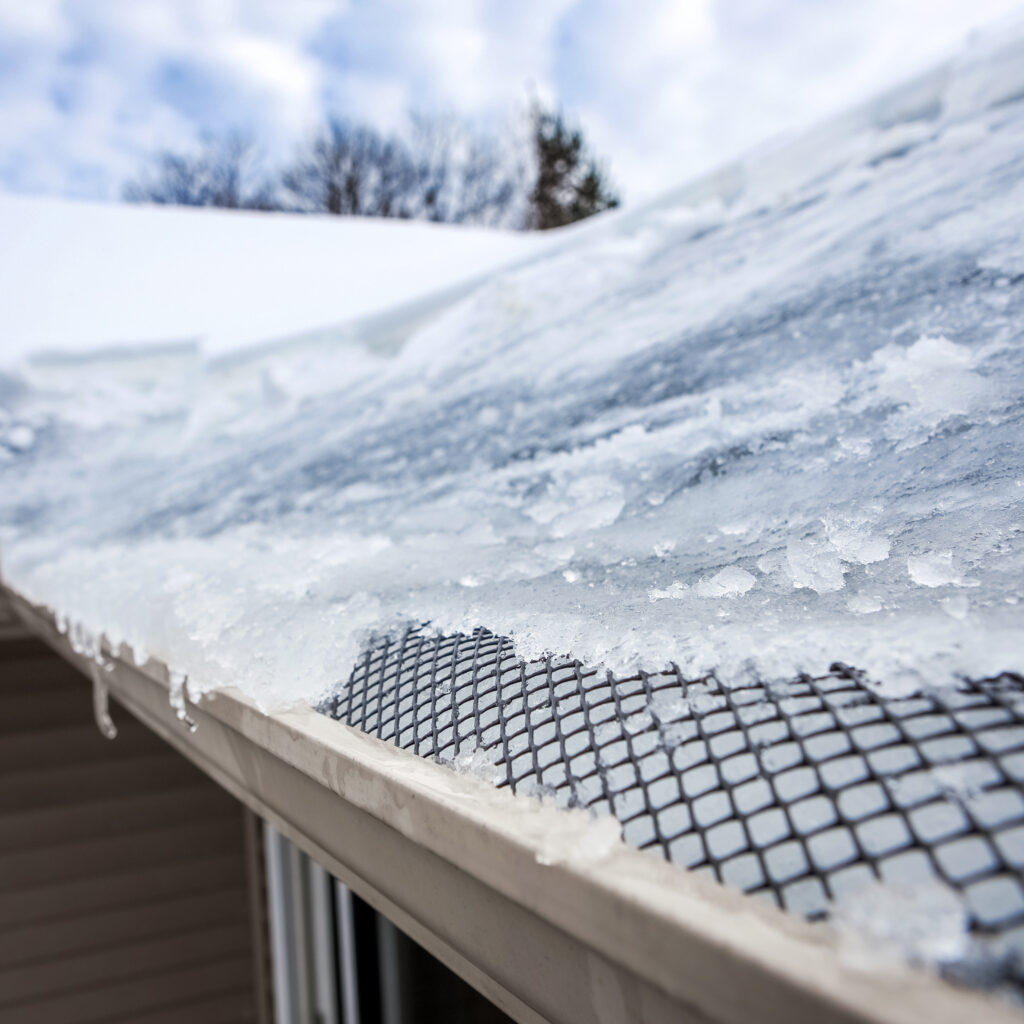
Conclusion: Proactive Gutter Maintenance Is Key
Your gutters play a critical role in protecting your home from water damage, but they require regular maintenance and attention to function effectively. By staying vigilant and addressing common gutter concerns like clogs, leaks, and improper slopes, you can prevent costly repairs and prolong the lifespan of your gutter system. Hopefully, this guide can ease even the biggest gutter concerns.
For peace of mind, it’s always a good idea to schedule a professional gutter inspection with The Third Estimate. Contact us at 234-766-3464 for a free consultation and to learn how we can help keep your gutters in optimal condition year-round.
